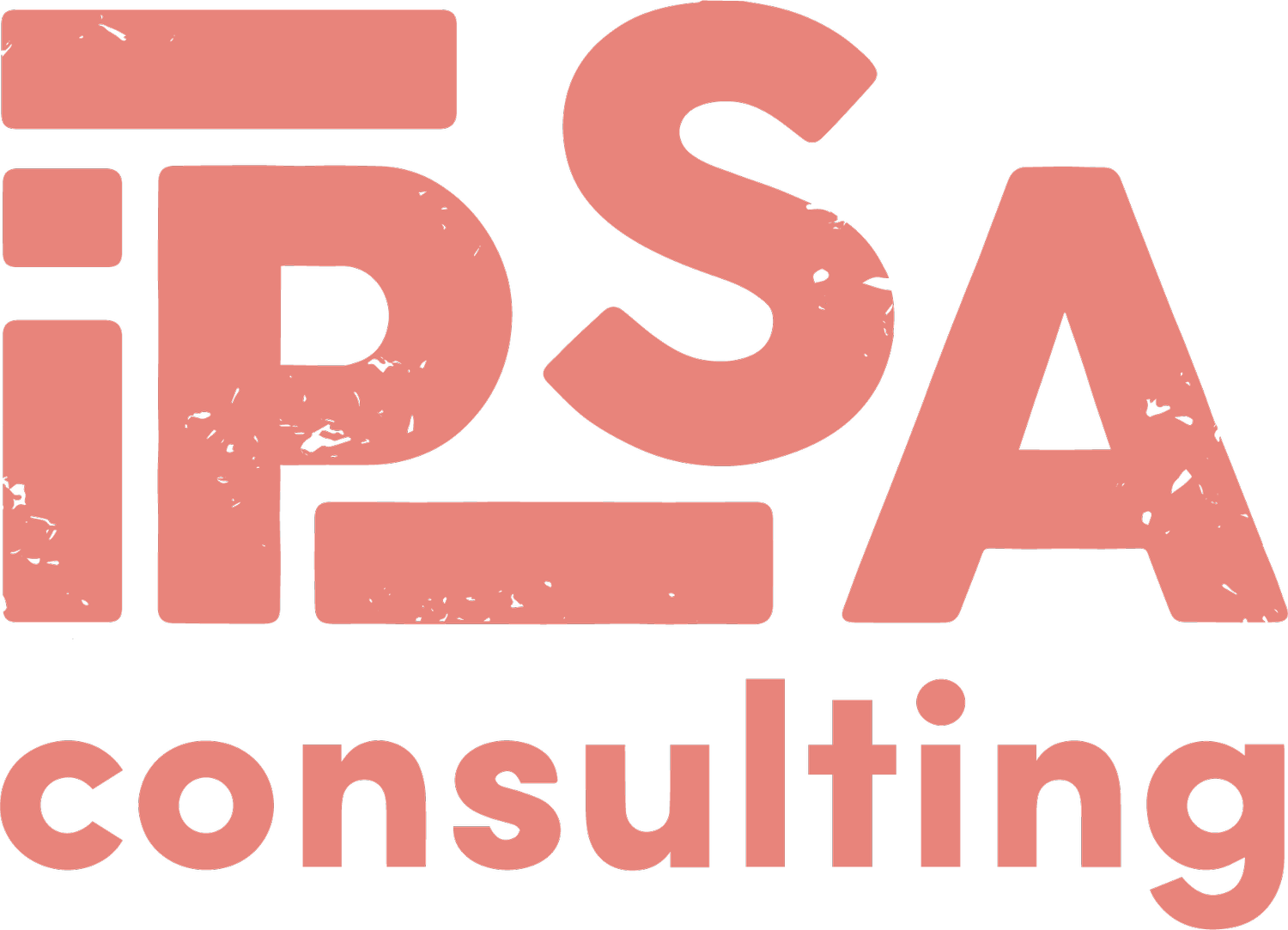Can GRI be used by SMEs?
Organisations that are seeking sustainability reporting solutions to fit with their brand values, budget and available time should be considering GRI as a potential good fit.
Many SMEs are aware of the B-Corp brand as a mark of sustainability prowess, however, it can be expensive, time-consuming and isn’t as scalable.
What is GRI?
GRI stands for the Global Reporting Initiative - a sustainability reporting organisation that uses its multi-stakeholder ecosystem to collaboratively advise on and develop modular 'standards'.
GRI is made up of a growing set of modular standards that each represent an area of operations or an area of sustainability. Each report muct comprise of the 'Universal Standards' which is basic and top-level information about the reporting company. Then a combination of 'sector specific' and 'topic specific' standards depending on how, where and why the company operates.
GRI is one of two globally recognised standards for sustainability reporting alongside SASB. Often the two are used concurrently by transnational organisations that aim to present a well-rounded and granular ESG report to investors and other stakeholders.
What are the benefits of GRI for SMEs?
SMEs are increasingly becoming interested in their own sustainability, and rightly so, it's not just something for international corporates anymore.
1) GRI is modular and this is great for SMEs because they can choose specific standards that are relevant to their impact.
2) GRI is scalable. You can start form where you are - even if that means you don't have any sustainability data or even processes for capturing data. Sustainability reporting via GRI is about being honest and if that means having no data - then so be it.
3) GRI is inexpensive. The standards are free to use and easily downloaded via the web. Depending on the level of comprehension you choose, the costs involved are quite minimal.
4) GRI is designed to be tailored to your needs. Every single company using the GRI standards is different and so are the GRI reports they produce. Just look at the difference between M&S's report and Bloomberg's report.
5) GRI is a globally recognised set of sustainability reporting standards. Their brand might not be as trendy as B-Corp, but its integrity, consistency and clout among users and industry experts speaks volumes.
How can my SME get started with GRI?
The first step is to consider how much you want to invest in this project - sustainability reporting is about consistently recording data and annually reporting on impacts. Whilst you can start small and build on that, once you start it's an ongoing process.
Then consider who is going to be responsible for the project? Ideally, this will be a dedicated individual or team. You can include external consultants with specialisms such as data analysis (to read the data) and a GRI reporting specialist (like us!) to help you map out impacts to record and write the report in a way that is clear for stakeholders and ticks all the reporting boxes with GRI.
Identify key stakeholders and interview them to learn what impacts are important to them. Lots of businesses go about sustainability the wrong way by recording what is important to the business or what makes them look squeaky clean. Instead, it’s about understanding the needs of stakeholders first and then deciding which to record.
You’ll spend your first year recording data. This is exactly the right place to start - rather than fudging data based on ill-defined past experiences.
Toward the end of the year, you’ll have a reasonable amount of data to start collating your report. And don’t forget - GRI is scalable, and annually you can iterate on your reporting style and quantity of data.
Still not sure where or how to start?
Send us an email with your questions about GRI for SMEs to cath@ipsaconsulting.co.uk.
